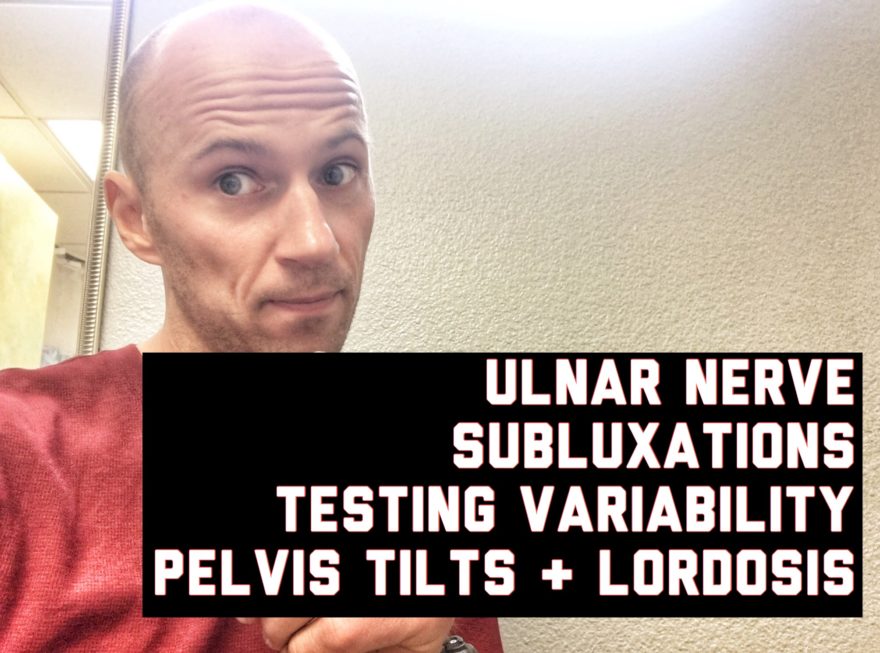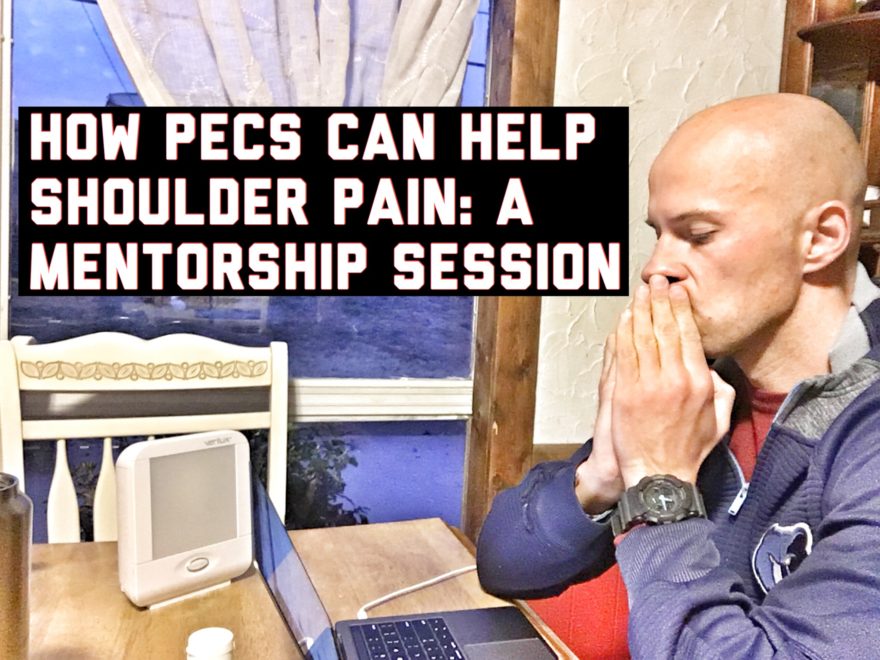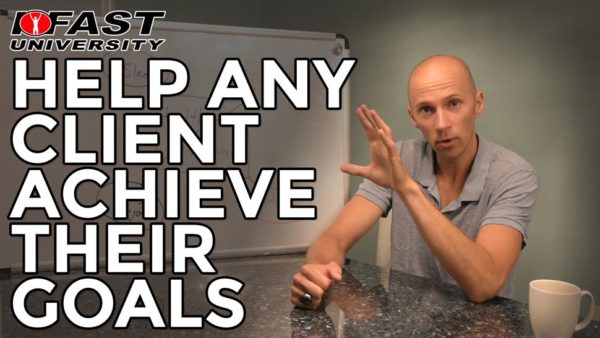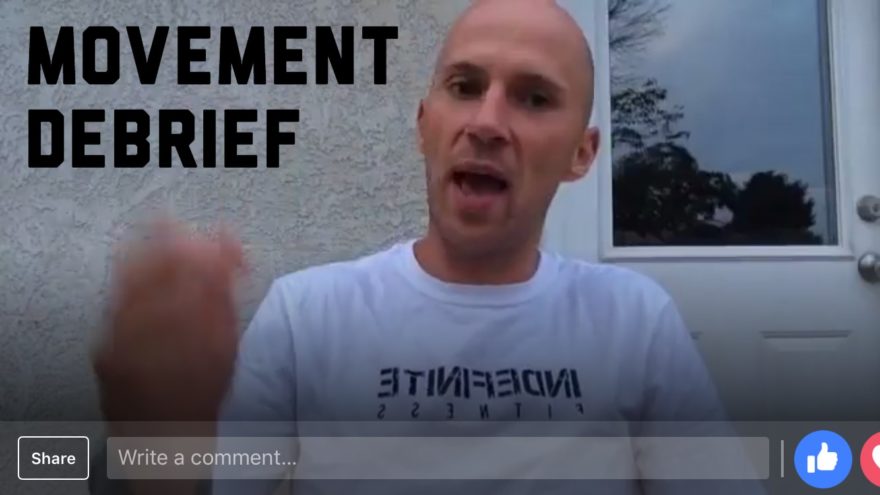Movement Debrief Episode 39 is in the books. Below is a copy of the video for your viewing pleasure, and audio if you can’t stand looking at me. Here is the set list: Why would the ulnar nerve sublux or the triceps tendon snap? What are the variability patterns of the elbow? How to improve elbow variability to potentially reduce subluxations How did I choose the variability tests that I use? Why did I switch to the Active Midstance Test and Copenhagen Adduction Test? How are infrasternal angle, lumbar spine, and pelvic position related? If you want to watch these live, add me on Facebook, Instagram, or Youtube. They air every Wednesday at 7:30pm CST. Enjoy! Here were the links I mentioned: Here is the Active Midstance test: Here is the Copenhagen Adduction Test: Infrasternal Angles and Overhead vs. Quadruped Bill Hartman Large eccentric strength increase using the Copenhagen Adduction exercise in football: A randomized controlled trial Trigger Points and Muscle Chains in Osteopathy Here’s a signup for my newsletter to get nearly 3 hours and 50 pages of content, a free acute:chronic workload calculator, basketball conditioning program, podcasts, and weekend learning goodies: [yikes-mailchimp form=”1″ submit=”Get learning goodies and more”] Ulnar Nerve Subluxations Testing Variability Pelvic Tilts and Lordosis
Read More


